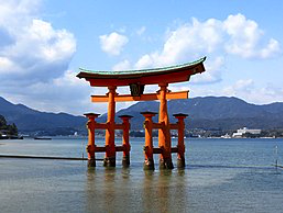Japanese gardens are a highly evolved art form that take a variety of shapes and styles: possibly the most immediately accessible to a western visitor will be the “promenade garden” which provides a designated route for the visitor, taking in the different elements of the garden as you progress. One of the most artful elements of the composition in many of these gardens is the “borrowed landscape” that is incorporating elements of the landscape outside the garden into the garden itself.
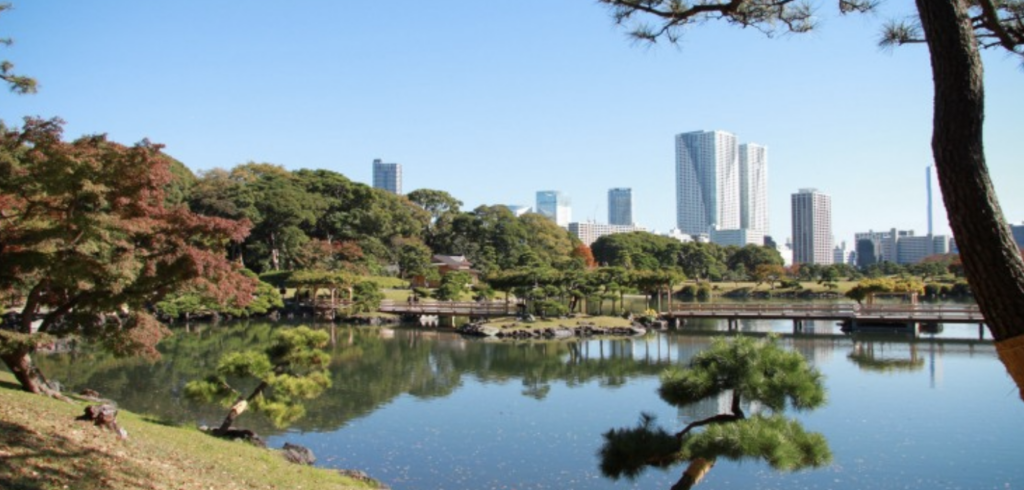
Japanese gardens of the strolling variety are composed of a small number of essential elements that go to make up a miniature landscape: there will be hilly areas from which the layout of the garden can be seen, a stream and lake and waterfall, an expanse of grass or moss or other basic bedding, carefully situated pine and maple trees as well as trees and bushes that will bloom at various times of the year – azalea or oleander for instance. There may be a peony garden or an iris garden or even a field of rice. The colour in the garden comes from seasonal blossoms and bulbs – there is no floral display as in the english garden. There will be appropriate ornaments such as lanterns and strangely shaped stones (a borrowing from China) as well as a range of traditional buildings, usually involving a tea house. Most buildings will be closed to visitors.
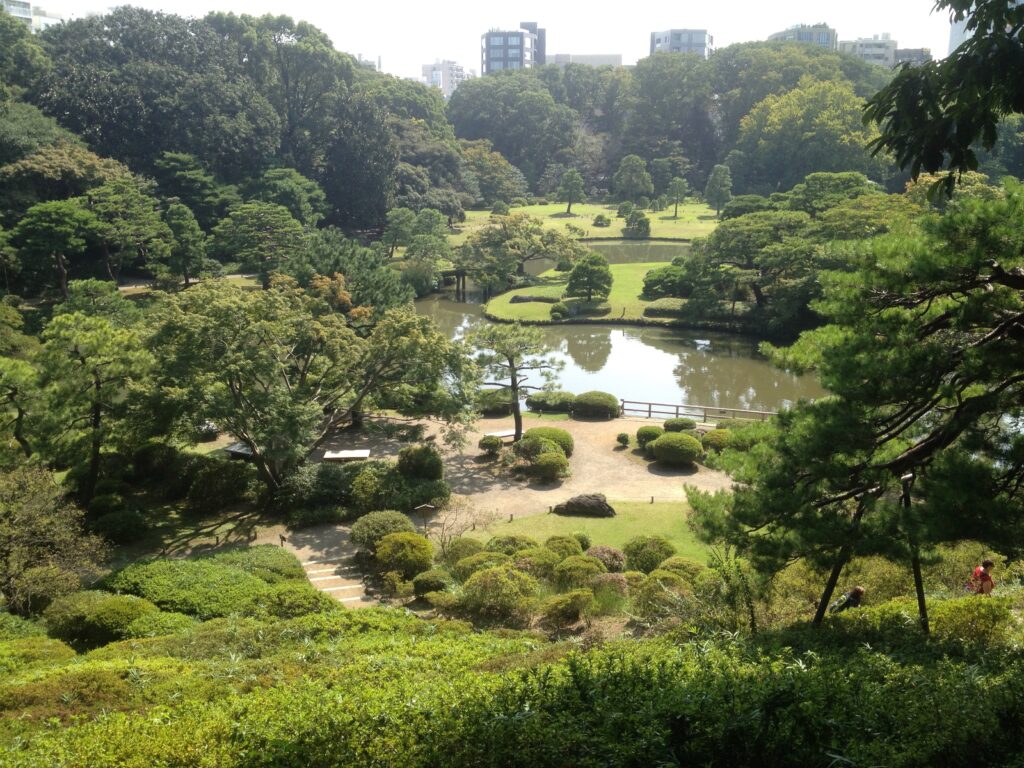
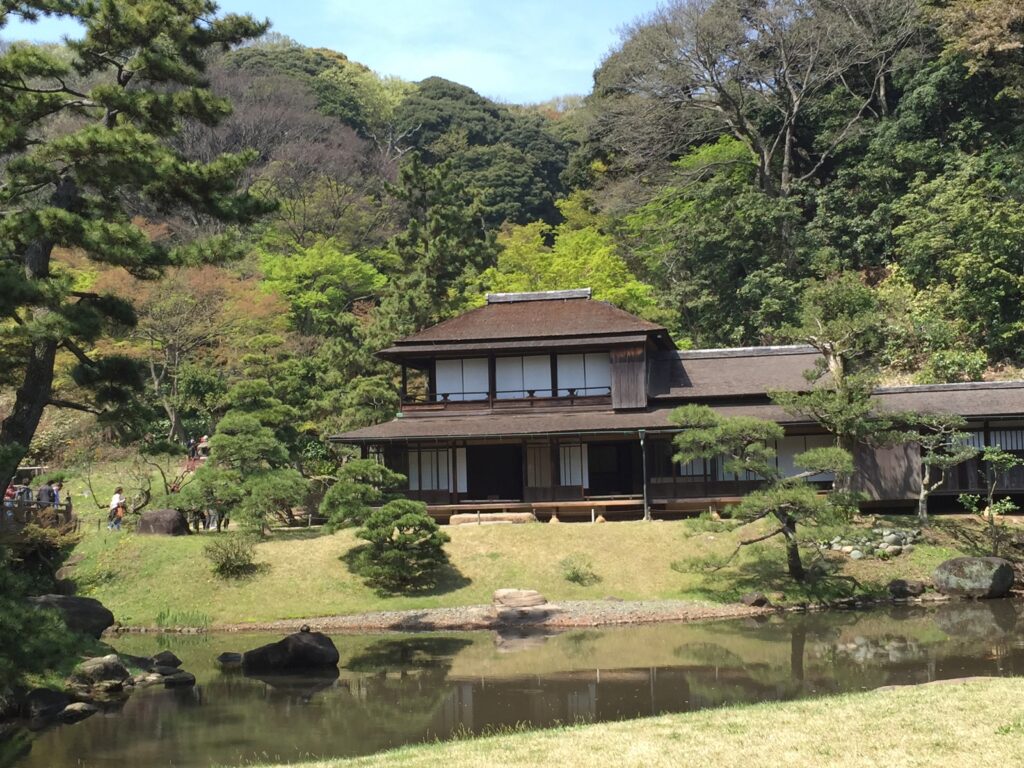
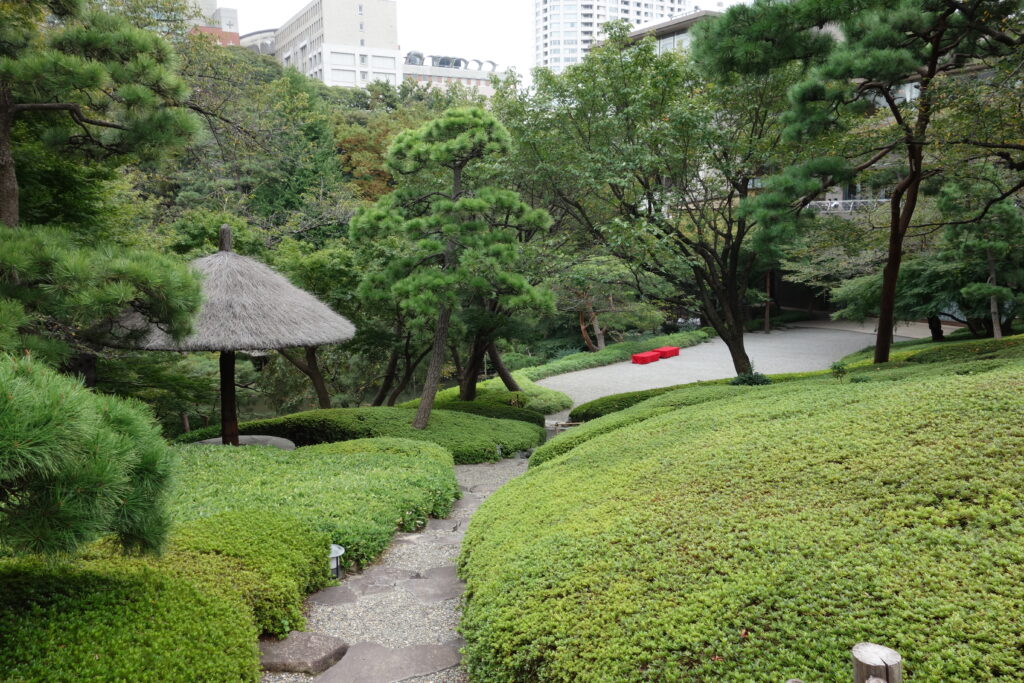

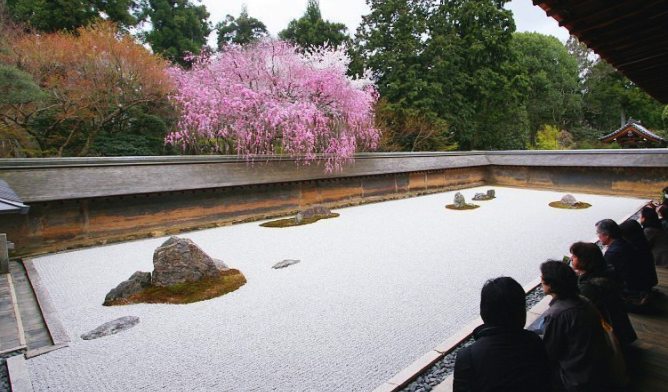
Ryoanji
The archetypical “zen” garden – the visitor can interpret this artfully arranged collection of stones and raked gravel to form whatever pattern occurs to their imagination or instincts – a kind of visual embodiment of the Rorschach test.
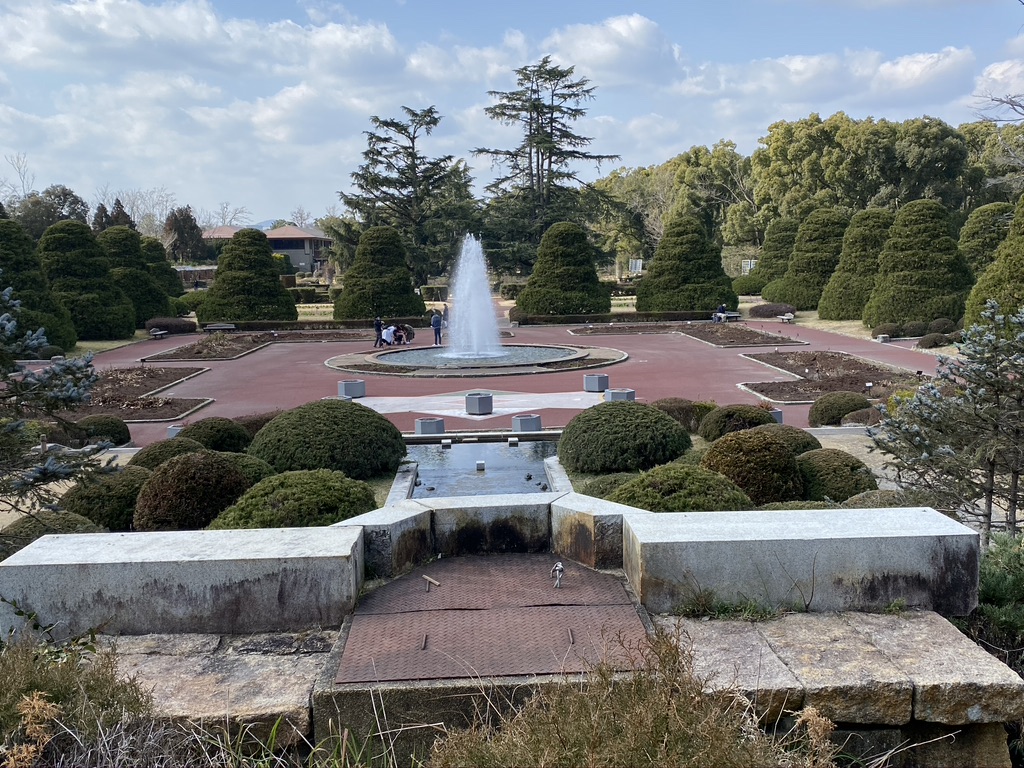
Kyoto Botanic Gardens: tucked away by the river to the north east of the city centre and an excellent place to watch the changing seasons
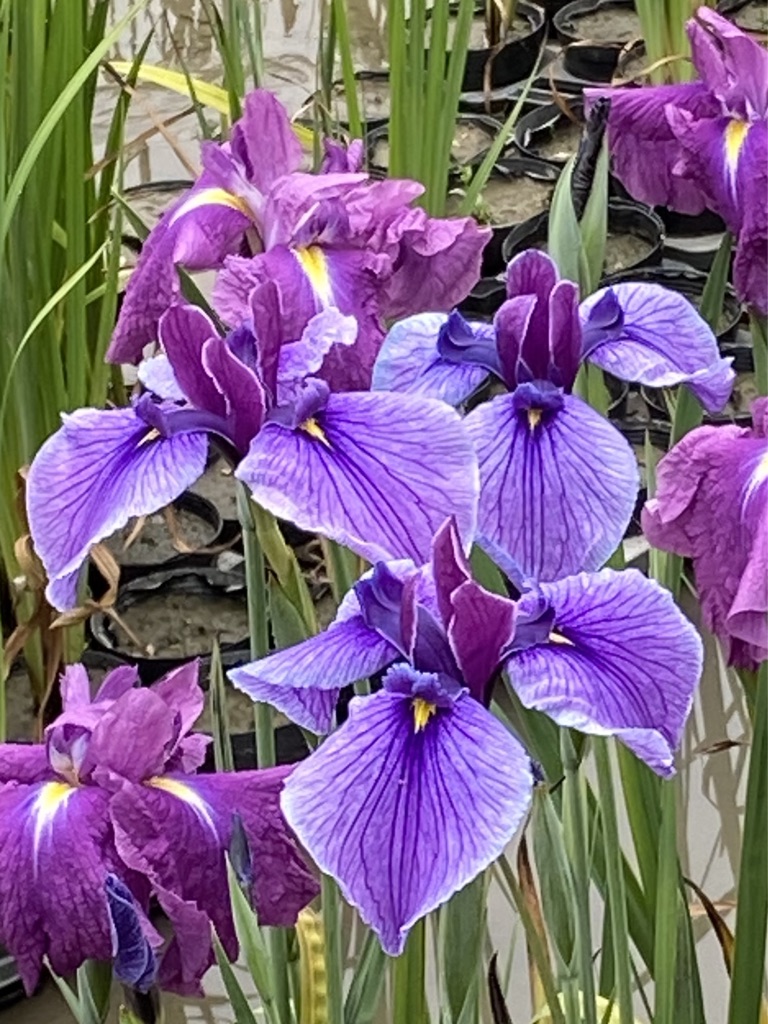
Iris field in spring
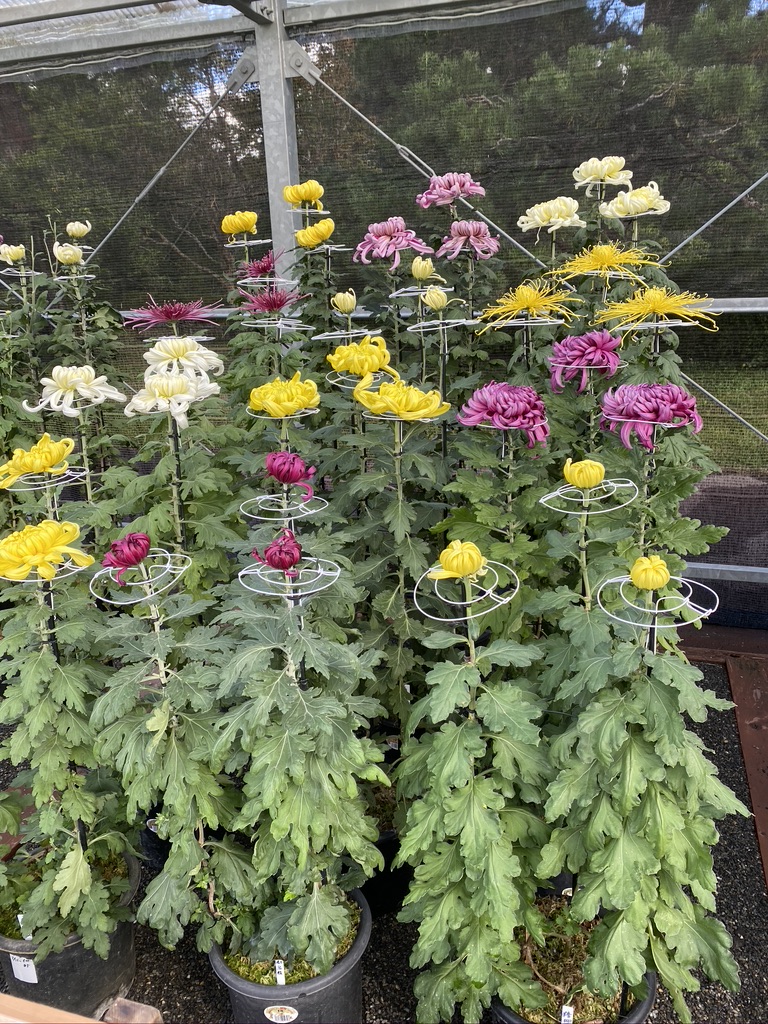
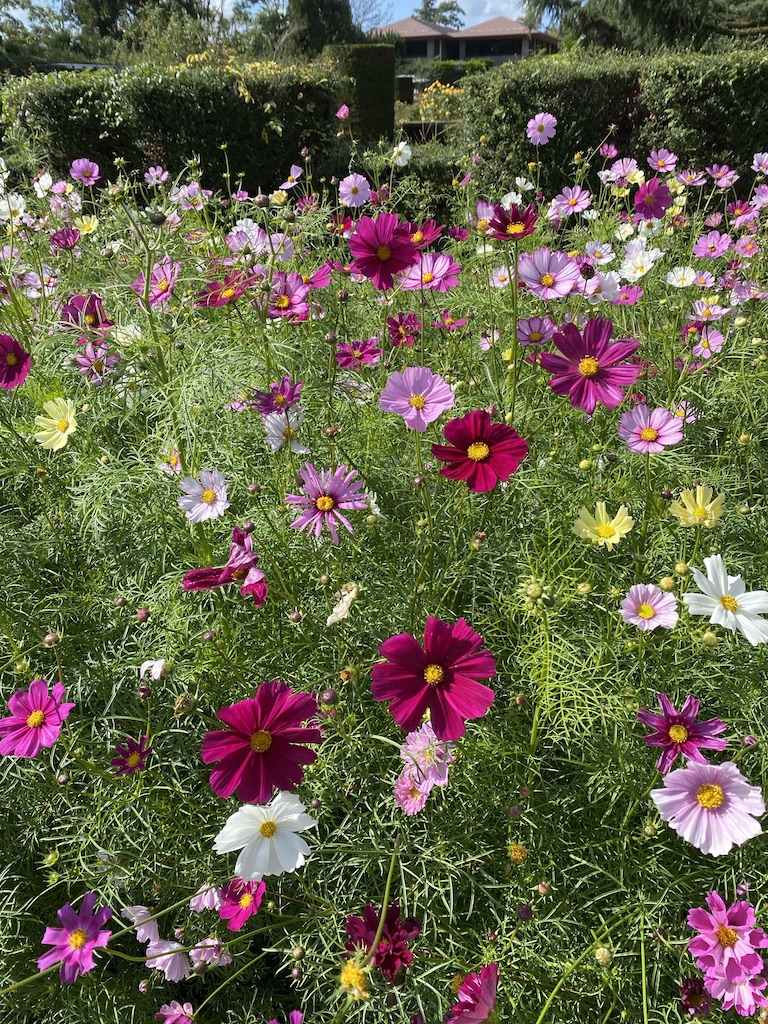

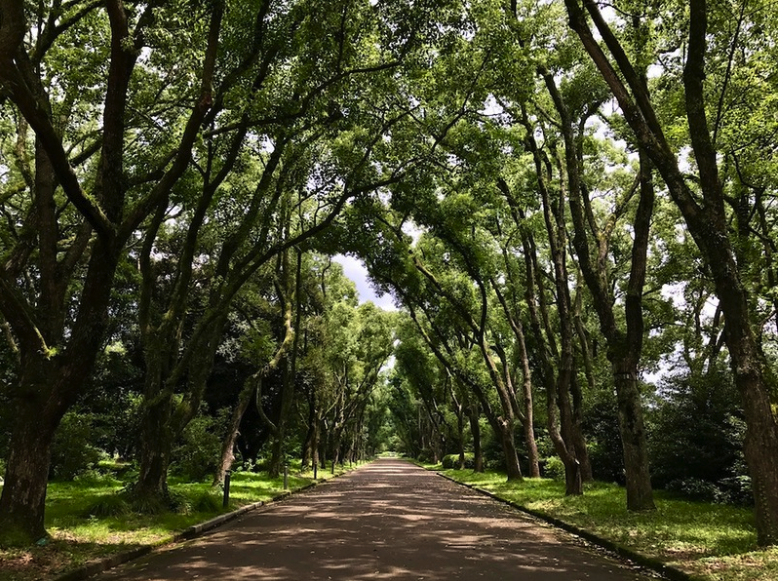
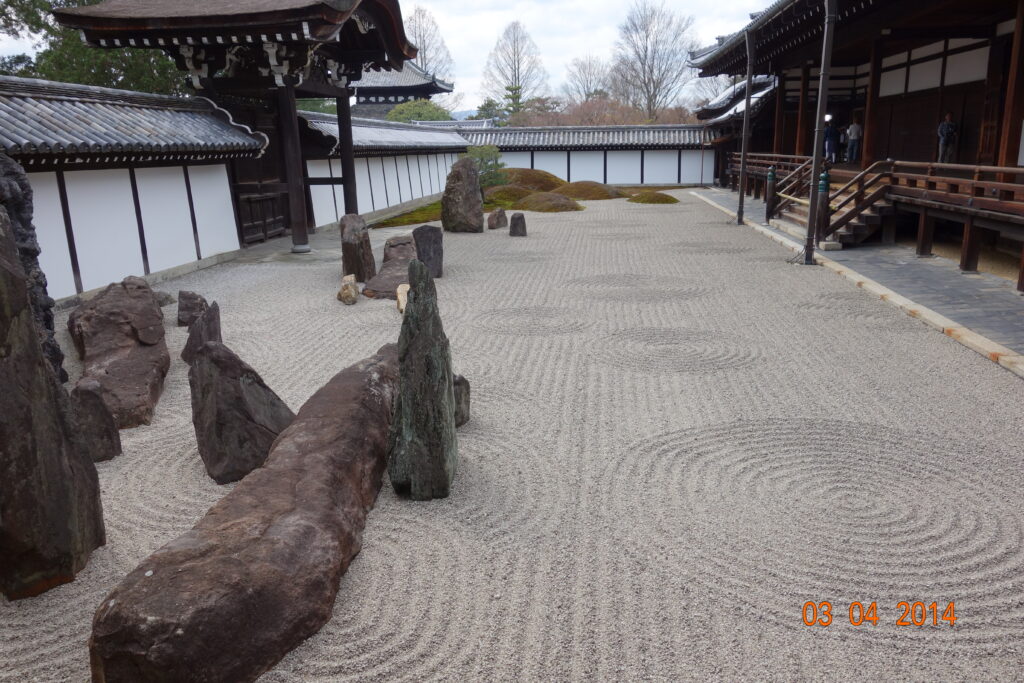
Gravel
Gravel is one of the essential features of a Japanese garden, especially for temple gardens. Raked in a variety of lines and patterns, and kept clean every day, gravel adds an unexpected pleasure and delight to the overall pattern and display of a garden.
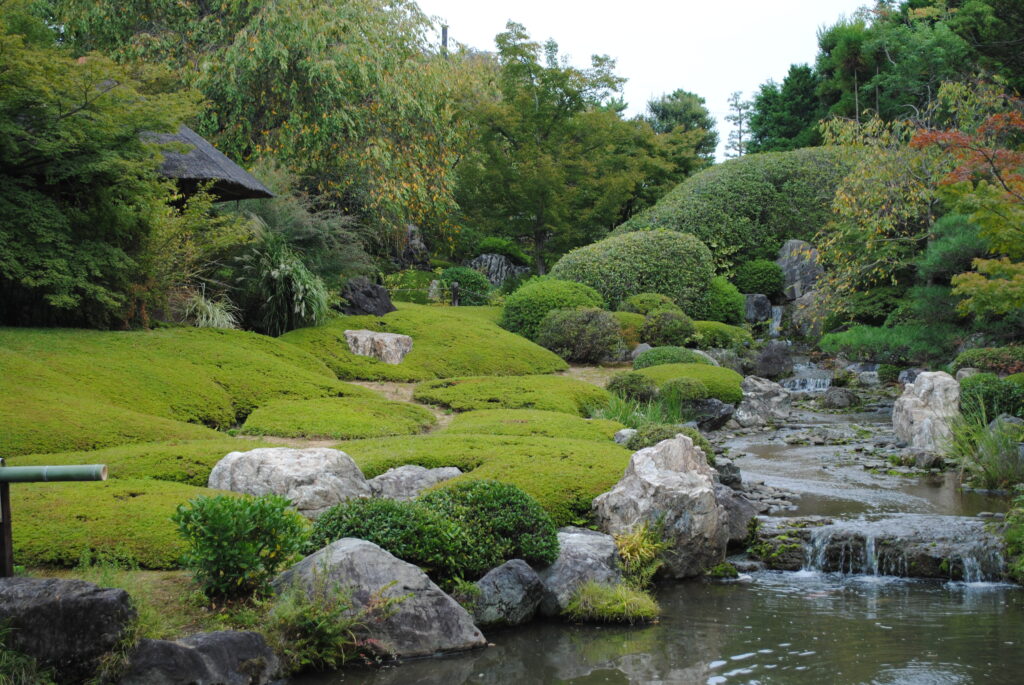
Moss: only the Japanese could produce a garden composed largely of moss and strikingly enough, it works superbly! The humble moss features in a great many elements of Japanese gardens and is very effective in combination with stone or gravel, where it gives an impression of timelessness.
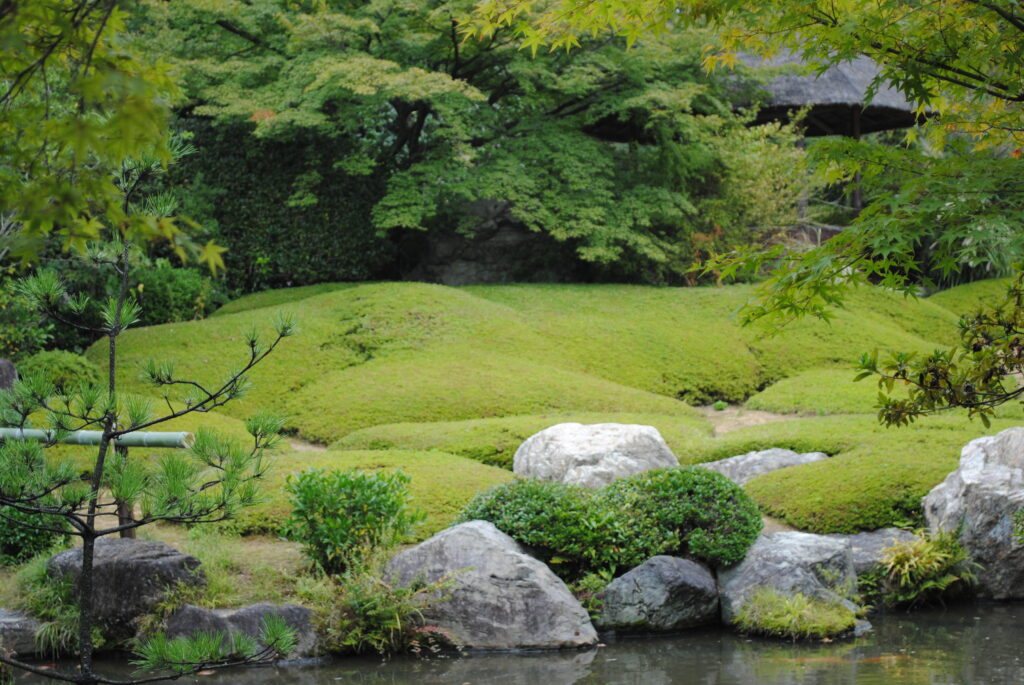
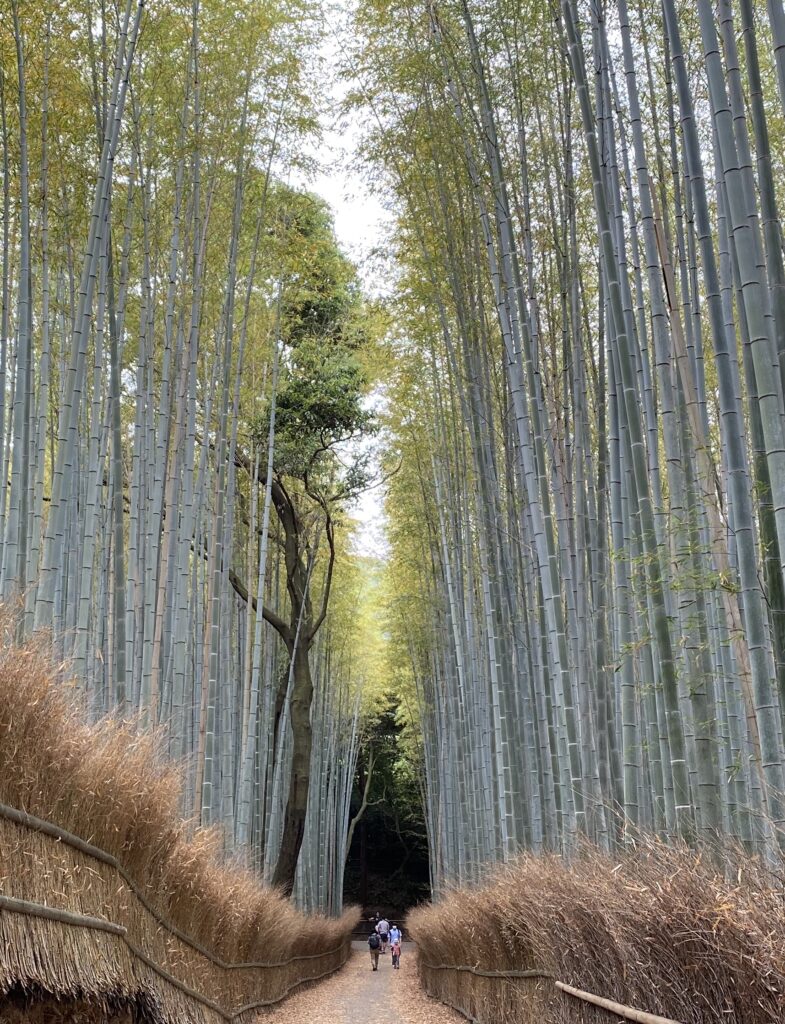
Bamboo
One of the pleasures of the Japanese countryside is the sight of the graceful fronds of the bamboo swaying in the wind – there is a striking contrast between delicacy and firmness about the bamboo that is highly distinctive. One of the best known bamboo forests is that to be found in Arashiyama to the east of Kyoto.
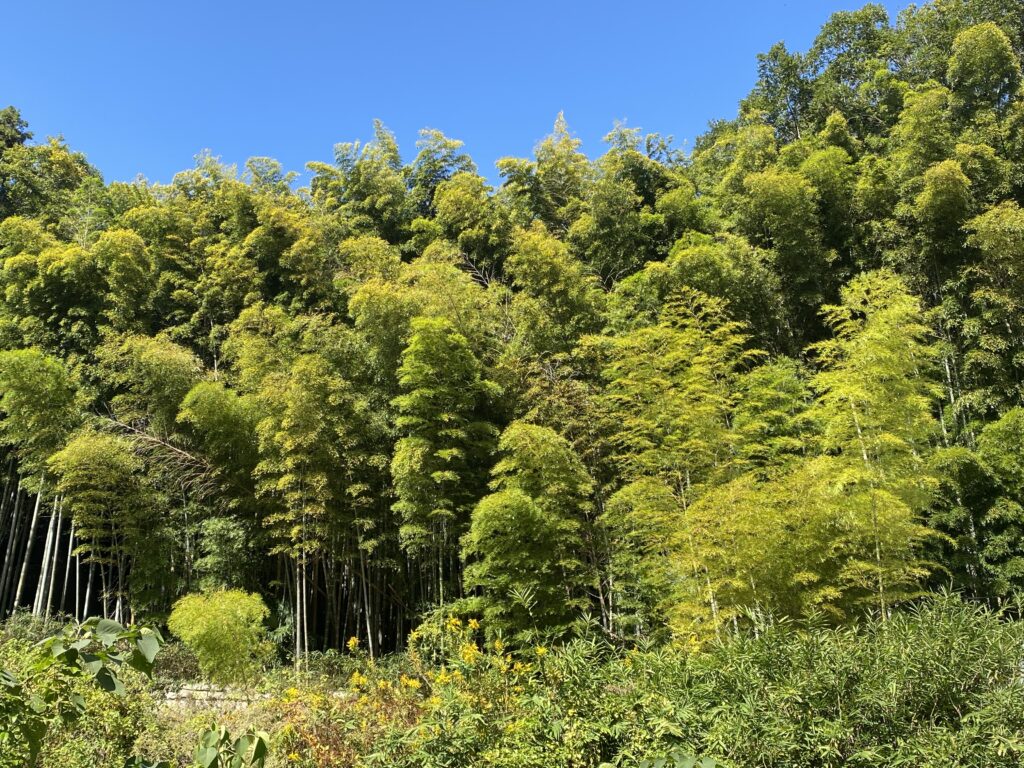

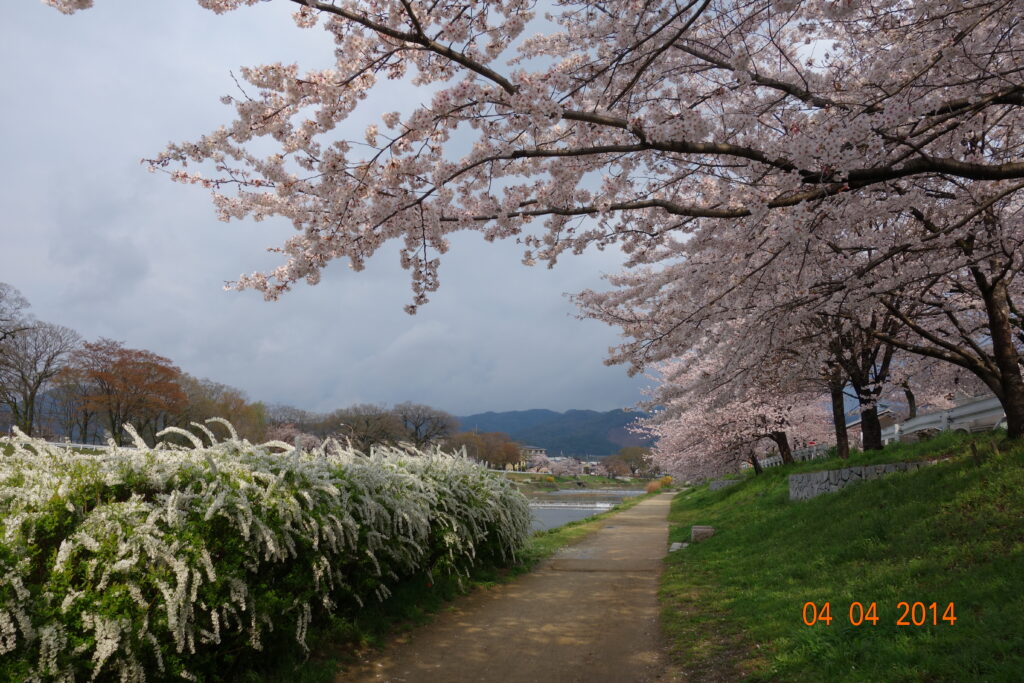
Blossom: Japan is world renowned for its Sakura blossom in the spring and the progress of the blossom as it makes its way north is a feature of the Japanese media. However the Sakura is merely one of many blossoms that punctuate the Japanese year, starting with the plum blossoms in February and ending with chrysanthemums in November. Seasonal blooms are one of the attractions of particular shrines and temples and parks at the appropriate time of the year and attract large numbers of visitors.
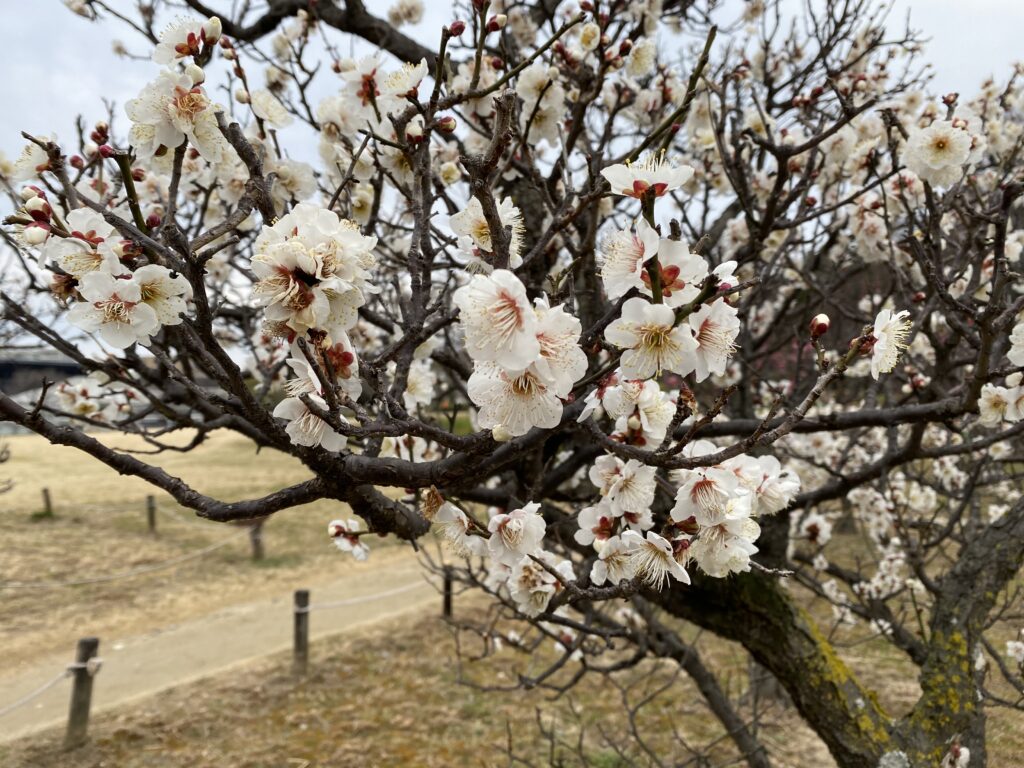
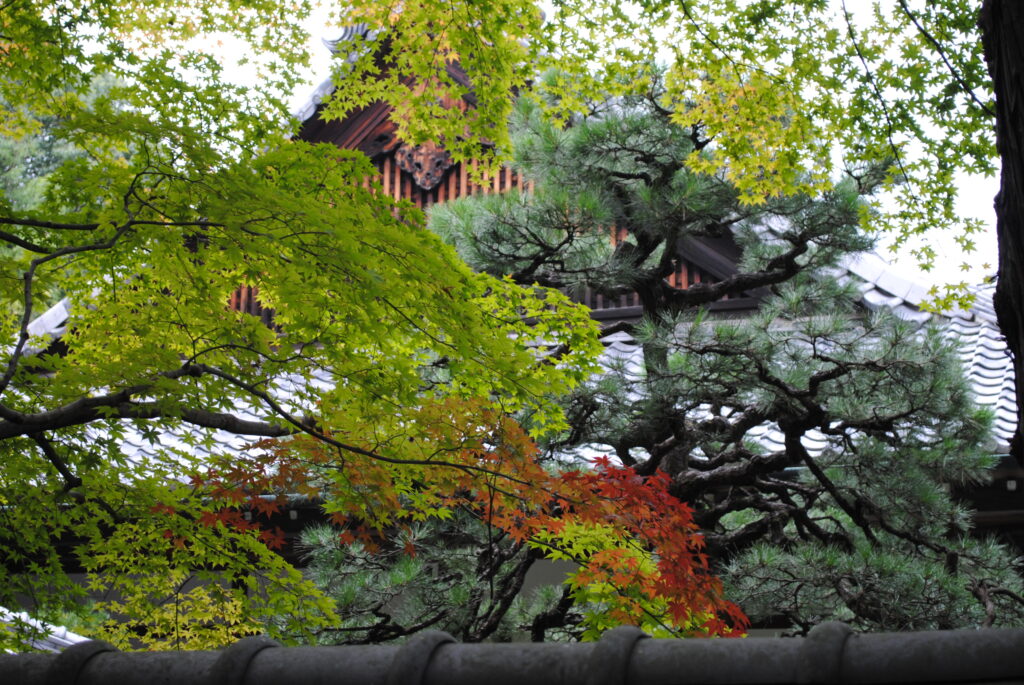
Maples
Maples are with the Sakura, the archetypal image of the Japanese seasons, in this case the red leaves of the autumn. Again as with the Sakura blossom there are particular regions that are well known for their autumn display, such as the hills to the north of Arashiyama west of Kyoto.
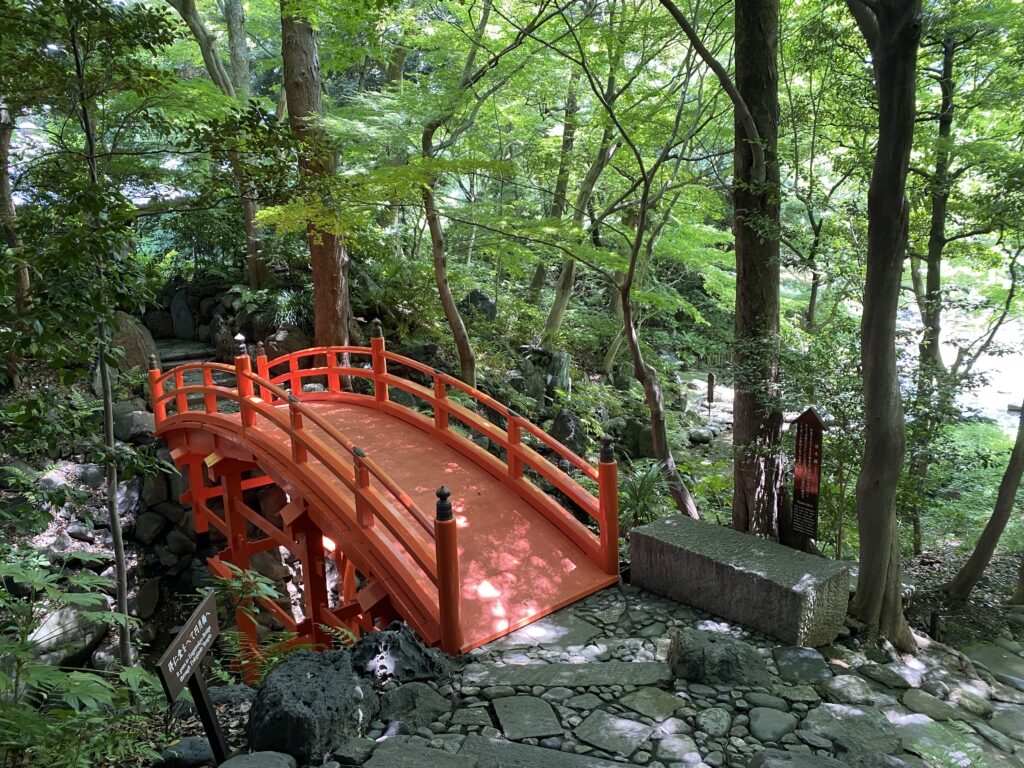
Bridges
A feature of the traditional Japanese garden, mostly red, which makes an appealing dash of colour amidst the subtle shades of green which make up the dominant note of the traditional Japanese garden.
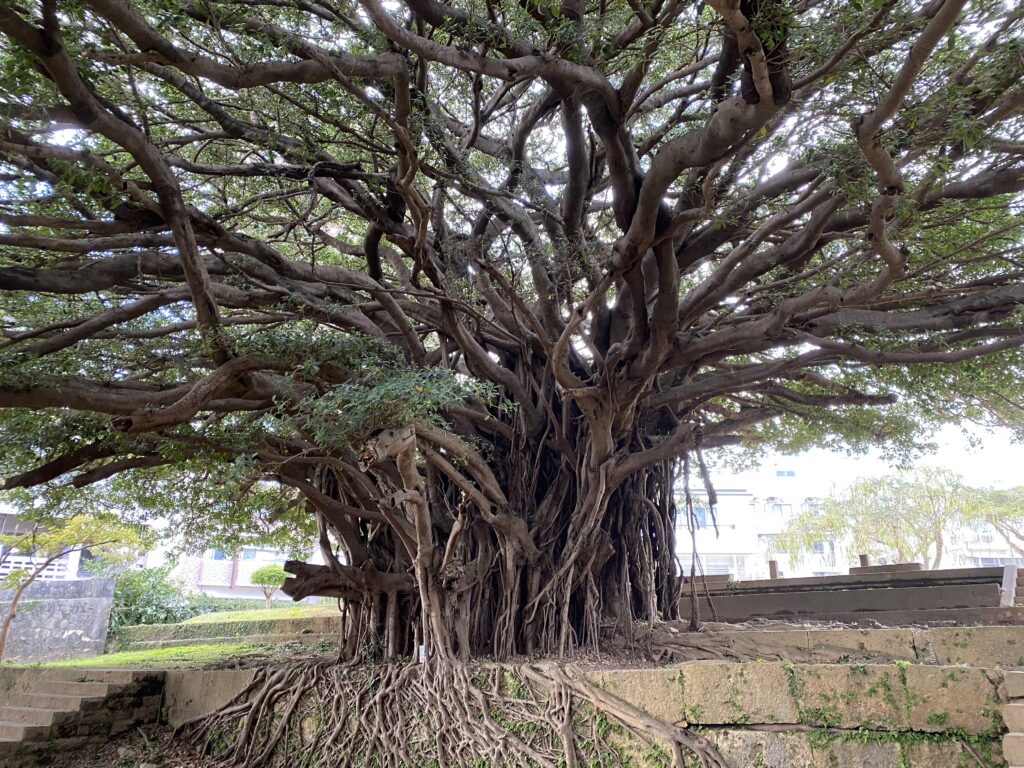
Banyan
Banyan trees are not typically found in Japan but are a feature of the island of Okinawa in Japan’s tropical south where there are wonderful specimens to be found throughout the island. The banyan represents age and longevity and it’s easy to see why banyans have been associated with sites of worship throughout throughout the Indian subcontinent and the lands of SE Asia.
